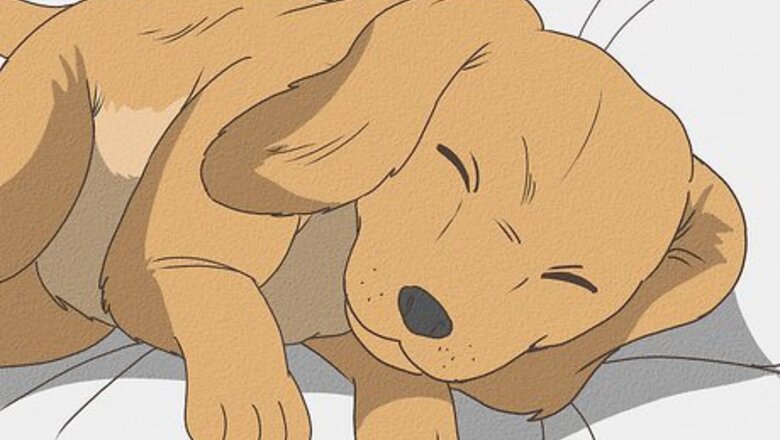
views
X
Research source
We’re here to answer all of your questions about CPV, so you can be as informed as possible when it comes to this illness.This article is based on an interview with our doctor of veterinary medicine, Ray Spragley, owner/founder of Zen Dog Veterinary Care PLLC. Check out the full interview here.
- Canine parvovirus (or “parvo”) is a contagious, GI-based virus that can infect unvaccinated puppies and dogs.
- Watch for symptoms like vomiting, sluggishness, diarrhea, a lack of appetite, and fever—these are all signs that a dog could have parvo.
- Take your pup to the vet ASAP so they can get diagnosed and treated right away. Treatment typically involves fluid-based therapy and antibiotics.
- Vaccinate your puppy to prevent them from getting parvo, and avoid bringing them around other dogs until they’re fully vaccinated.
What does “parvo puppy” mean?

A “parvo puppy” is a puppy that has contracted canine parvovirus (CPV). CPV is an extremely contagious virus that affects a dog’s GI system and bone marrow cells. Pups who contract it can get very sick, and need medical assistance ASAP. Some dog owners have posted videos about their parvo experience on TikTok, with some posts telling the sad story of pups who didn’t survive their parvo infection. One especially popular #parvopuppies TikTok warns against picking up/adopting dogs that come from unknown places (like dogs being sold on the side of the road), since they could be infected with parvo.
Signs & Symptoms

Dogs with CPV are sluggish and experience diarrhea and vomiting. A fever and a lack of hunger are also common parvo symptoms. CPV attacks the dog’s gut, so many of the major symptoms are related to the pup’s GI system (like diarrhea and throwing up). In many CPV cases, dogs experience bloody diarrhea. Parvo pups typically show general symptoms first, like fatigue and fever. Within the first day or 2 of infection, they start showing severe symptoms (like diarrhea and vomiting). CPV puts a lot of strain on a dog’s immune system, so it can’t fight off other parasites, bacteria, or other viruses as well. This makes the dog’s sickness even worse.

A dog displays symptoms anywhere from 2 to 14 days after being infected. On average, most parvo puppies start getting sick between 5 to 7 days after they were first exposed to the virus. Some dogs might show symptoms within 2 days, though, or take as long as 2 weeks before they start feeling ill.
Causes of Canine Parvovirus

Infected dogs CPV is very contagious, and easily spreads from an infected dog to any other dogs that pup comes in contact with. Places with a lot of dog-on-dog interaction, like obedience training sessions, dog parks, pet stores, and pet day care facilities, are all potential spots where a dog could pick up parvo.
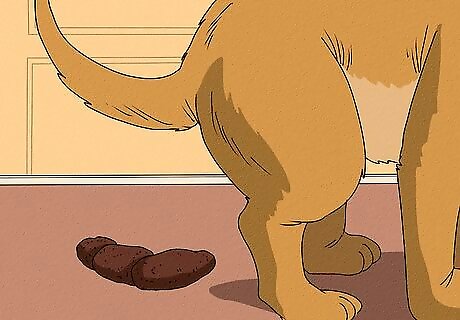
Infected poop The parvo virus passes through a dog’s feces—in fact, infected poop can carry a lot of virus during the first 2 weeks that a dog is exposed to CPV. For instance, a dog could catch the virus by sniffing a pile of contaminated poo on the sidewalk.
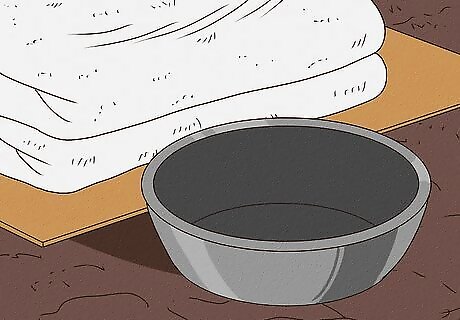
Environmental contamination CPV can be found on any item that an infected dog came in contact with, like food bowls and blankets. Even the soil that an infected dog defecated on can carry the virus. Unfortunately, it’s very easy to spread CPV to other surfaces. Let’s say that you pet a dog that’s infected with parvo—if you don’t wash your hands immediately afterward, you could transfer the virus to whatever you touch next (like a dog leash).
Treatment Options
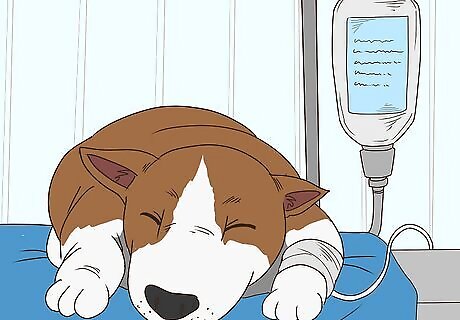
Hospitalize your dog so they can get fluid therapy and antibiotics. The virus itself can’t be treated and doesn’t have a cure—parvo treatments are more focused on keeping your dog hydrated and protecting them from secondary infection. In some cases, a sick dog may need IV treatment to get them feeling better. While parvo typically requires inpatient treatment, outpatient treatment isn’t necessarily out of the question (especially if inpatient care isn’t in your budget). Talk with your vet and see if outpatient treatment is a possibility so you can nurse your dog at home. Bring your pup to the vet right away if you suspect that they might have parvo—your vet can test them and make a diagnosis. During the examination, the vet may conduct some blood tests as well as fecal tests. The fecal test helps highlight any parasites in your dog’s system that could make their parvo worse.
Risk Factors
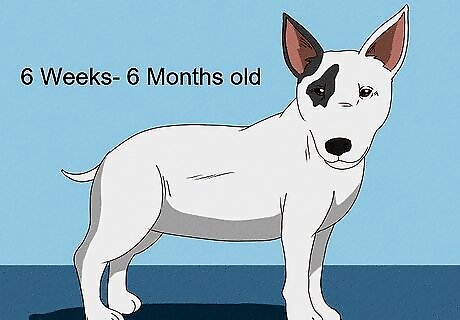
Puppies have the highest risk of developing CPV. Really young puppies are safe from CPV when they’re first born (assuming the mother has a CPV vaccination), since they inherit their mother’s antibodies. Older puppies (especially puppies that are 6 weeks to 6 months old) have the highest risk of coming down with the virus.
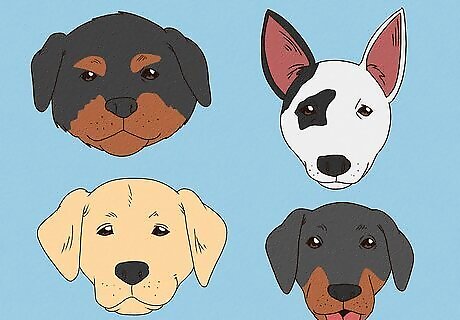
Labs, German Shepherds, and a few other breeds are more likely to get CPV. For unspecified reasons, dog breeds like Labrador Retrievers, Bull Terriers, Doberman Pinschers, and German Shepherds are more likely to come down with CPV or develop more serious symptoms after getting the virus. Rottweilers, American Pit Bull Terriers, and English Springer Spaniels are also considered higher-risk dog breeds. On the flip side, breeds like Toy Poodles and Cocker Spaniels are less likely to come down with the virus.
CPV Prevention
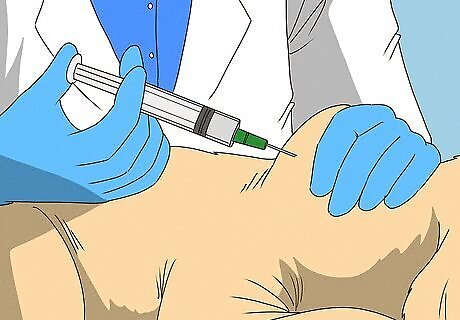
Vaccinate your dog as soon as possible. Although CPV has no cure, you can prevent your pup from ever catching it in the first place with a vaccine. The CPV vaccine is a 3-part treatment—your pup ideally receives each dose when they’re between 6-8 weeks, 10-12 weeks, and 14-16 weeks. As the dog grows up, they receive periodic booster shots. If you have an adult dog, double-check with your vet to make sure that they’re vaccinated (and that they’re up-to-date on their current shots).
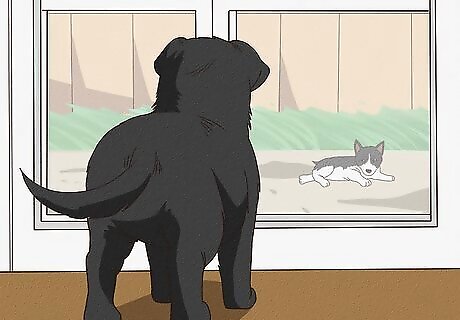
Keep your unvaccinated puppy away from other dogs. While socializing your puppy is important, it’s even more important to keep them safe and healthy as they receive the full CPV vaccine. To prevent your dog from catching parvo, keep them away from pet-crowded spaces (like dog parks and kennels) until they’re up-to-date on their shots. On a similar note, keep your pet away from any leftover dog feces. Don’t let them sniff or otherwise explore any dog waste they find on the ground, since this could carry CPV.
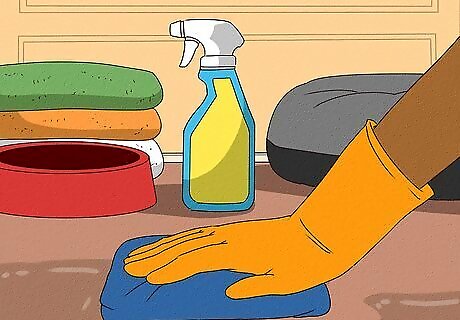
Disinfect any contaminated areas of your home with diluted bleach. Parvo is hard to kill, so make sure that you’re sanitizing any potentially contaminated areas with a 1:30 diluted bleach mixture. Parvo-killing household cleaners are also a good option for this. In an indoor setting, CPV becomes inactive after a month or so.
Key Takeaways
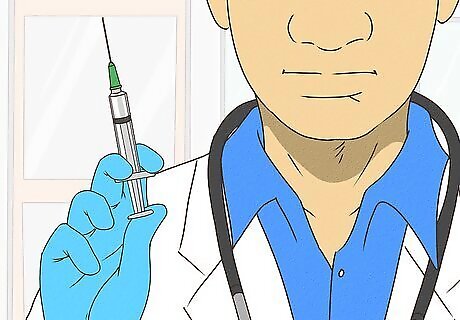
CPV is very contagious and can be dangerous, but it isn’t always deadly. CPV is a serious illness that definitely shouldn’t be taken lightly—but don’t be discouraged by all of the sad TikToks, either. Veterinary experts agree that parvo is by no means a death sentence for a dog, and pups that receive prompt veterinary treatment early on have a great chance of recovering. To prevent your dog from ever ending up in this situation, though, vaccination is your best bet.



















Comments
0 comment